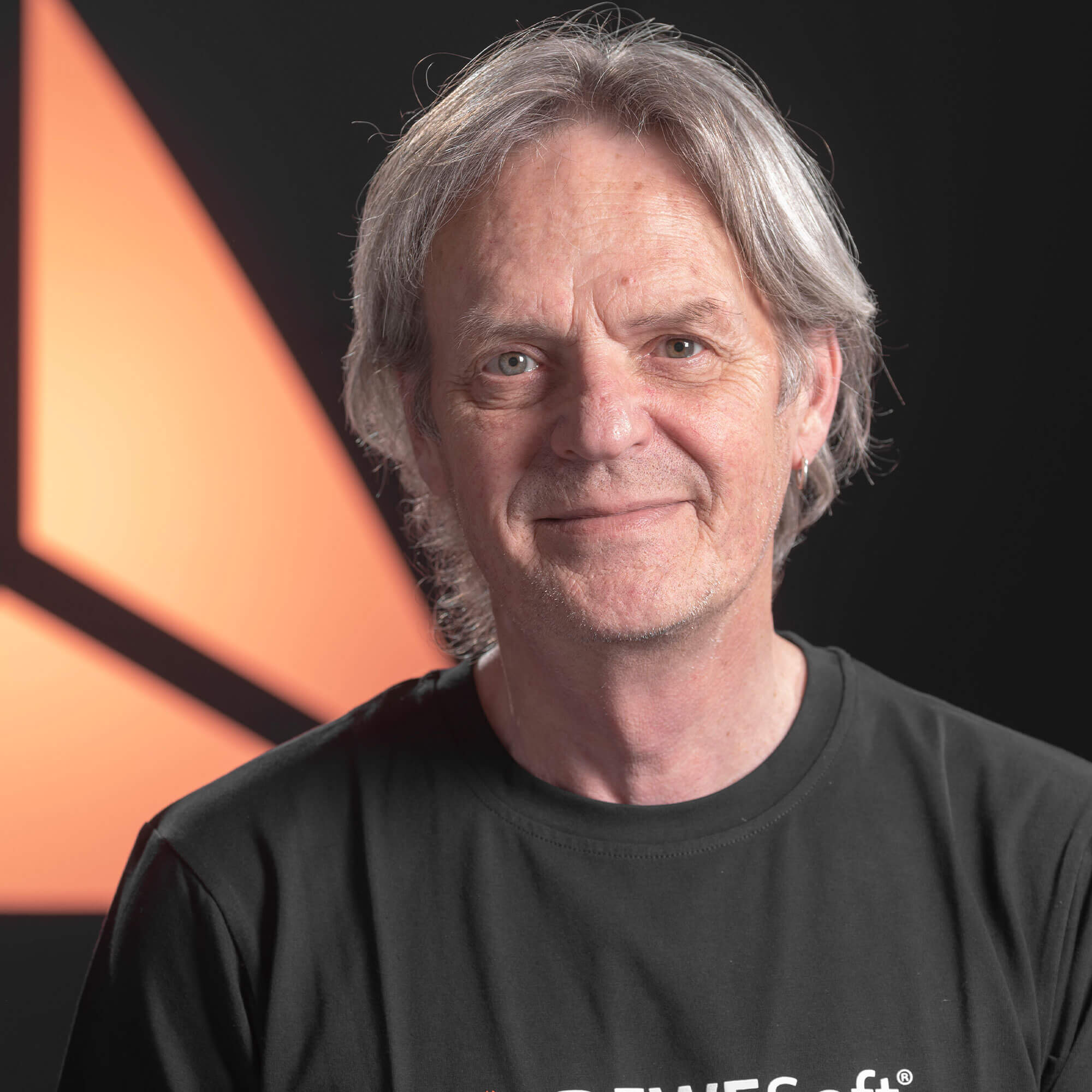Table of contents
Browse categories
Browse authors
 AB
ABAlberto Boffi
 AL
ALAlessia Longo
 AH
AHAl Hoge
 AB
ABAljaž Blažun
 BJ
BJBernard Jerman
 BČ
BČBojan Čontala
 CF
CFCarsten Frederiksen
 CS
CSCarsten Stjernfelt
 DC
DCDaniel Colmenares
 DF
DFDino Florjančič
 EB
EBEmanuele Burgognoni
 EK
EKEva Kalšek
 FB
FBFranck Beranger
 GR
GRGabriele Ribichini
Glacier Chen
 GS
GSGrant Maloy Smith
 HB
HBHelmut Behmüller
 IB
IBIza Burnik
 JO
JOJaka Ogorevc
 JR
JRJake Rosenthal
 JS
JSJernej Sirk
 JM
JMJohn Miller
 KM
KMKarla Yera Morales
 KD
KDKayla Day
 KS
KSKonrad Schweiger
Leslie Wang
 LS
LSLoïc Siret
 LJ
LJLuka Jerman
 MB
MBMarco Behmer
 MR
MRMarco Ribichini
 ML
MLMatic Lebar
 MS
MSMatjaž Strniša
 ME
MEMatthew Engquist
 ME
MEMichael Elmerick
 NP
NPNicolas Phan
 OM
OMOwen Maginity
 PF
PFPatrick Fu
 PR
PRPrimož Rome
 RM
RMRok Mesar
 RS
RSRupert Schwarz
 SA
SASamuele Ardizio
 SK
SKSimon Kodrič
 SG
SGSøren Linnet Gjelstrup
 TH
THThorsten Hartleb
 TV
TVTirin Varghese
 UK
UKUrban Kuhar
Valentino Pagliara
 VS
VSVid Selič
 WK
WKWill Kooiker
Industrial Energy Consumption: Lower Carbon Emissions Through Supervision and Control

January 29, 2024
Reducing the output of carbon emissions is one of the most critical responses to climate change. Lowering energy consumption is a major challenge for any industry, but potentially also a long-term cost-saving endeavor. The French company Eiffage Energie Systèmes-Clemessy is known for key projects applying its Syclone control software and Dewesoft data acquisition in fields like control benches for space launchers or structural health monitoring of bridges.
However, their latest innovation in the field of control-command software is a fully industrial web solution that unifies the supervision and control of energy consumption – and thus carbon emission. Syclone X Low Carbon is all-web-based supervision that allows tracking and control of energy consumption.

Introduction
Climate change is one of the most severe global and systemic phenomena that our modern societies have ever had to face. It affects us all. For example, French public authorities are committed to the official targets of 40% lower carbon emissions in France by the year 2030, and to achieve carbon neutrality by 2050. In short, there is a global need to quickly turn low-carbon solutions, that are still in the pioneering phase, into standard options.
And so, what can a software and system integrator, specializing in industrial processes and buildings, do to help the industry manage energy usage? How can control-command systems limit carbon emissions? In the industrial field, and more specifically in industrial sites and buildings, several functions can be centralized, controlled, and optimized to manage energy and reduce the carbon foot-print.
Energy supervision and control of buildings
With respect to energy supervision and control of industrial sites, what can be expected from the software in charge of the supervision and control of the buildings? To set the scene, the sketch below highlights some parts of an industrial site or area of special interest. The remedies, included in the Syclone X Low Carbon solution, to generate an overall picture of the energy and emission flow and to address the energy consumption are drafted below.
1. Air quality and air conditioning
Calendar and meteorology-based temperature management in offices
Data acquisition of atmospheric pollution
2. Data-center
Power consumption analysis
Temperature management system
3. Supervisory control and data acquisition (SCADA)
Utility management: lights, heaters/ coolers, steam generators…
Data centralization on edge or cloud
Scenario and sequence editing
Decision support system
Open architecture
4. Internet of things (IoT) sensors
Data acquisition, e.g. for power consumption, noise, air quality, car park free space
Focusing on the software itself, the minimum requirement of the Supervisory Control and Data Acquisition (SCADA) is that the facilities are controlled and commanded. The aim is to switch the lights, heaters, or generators on or off.
The capacity to interface with a huge quantity of protocols is a crucial feature. EES-Clemessy made the choice to build the Syclone software around the OPC Unified Architecture (OPC UA), a machine-to-machine communication protocol for industrial automation developed by the OPC Foundation. OPC-UA is well-suited to interface modern equipment but it is also ideal for developing specific drivers to communicate with other protocols encountered in the industry.
Looking a little bit further, the operator must be able to easily edit the sequences controlling their facilities, which is exactly what the Clemessy sequencers are able to provide.
Today, several customers willingly agree to deploy the Internet of Things (IoT) to acquire the data directly and even drive some facilities. This is a major change for years to come. Sometimes the Programmable Logical Controller (PLC) level can even be avoided and the functions integrated either in the IOT or in the software server instead.
Lastly, even if some of these previously listed functions of automatic sequences can lead to energy savings, the energy management module is the key part:
5. Energy management
Consumption follow-up
Historic viewer
Statistics and curves plotter
Contract management according to provider’s conditions:
max power authorized, penalty days
min/max gauge
average per period
Alert/alarm on mobile phone
Power consumption prediction
Scalable energy management module
The energy management module is scalable in the sense that new functions required by the customers are continuously added. Starting with consumption follow-up, continuing with the historic viewer, statistics and curves plotter, contract management according to provider’s conditions, and now initiating the power consumption prediction thanks to artificial intelligence.
All the features are integrated into Syclone by CLEMESSY software. Syclone is a software toolbox divided into two worlds:
the real-time deterministic one hosted on a dedicated controller, and
the supervision, the SCADA world that can be hosted on edge or in the cloud.
Syclone supervision is now hosted exclusively on web server technology. Nothing is installed on the customer’s laptop and no specific hardware is needed. It is just a simple web link. This solution was chosen to simplify the installation and facilitate the maintenance cycle for the end user. For instance, this SCADA software was deployed this summer in Hungary – during the Corona crisis – with no business trips required.
All the supervision functions are available, and in addition, users have the ability to monitor the energy and to act on their consumption. Lastly, the system is highly scalable - demos may be done with a dozen inputs and outputs, but the outlook of a project may be of 10 000 points for one site.
In a hardware representation, Syclone X ensures the interface with the operator which only requires a simple web browser. The design is responsive and can be used on a laptop, mobile phone, or tablet. The cross-platform server is hosted on Edge and can be managed on a small PC or even a laptop.
As the software is provided as a service solution, the application most often runs in the cloud. This can be hosted at the EES-Clemessy data center, or on the customer’s site. The interface with the processes is performed via classical PLC, IoT and data-acquisition front ends.
The originality of the solution is that the Dewesoft DAQ systems are not only used as data acquisition but also as “third party” EtherCAT slaves or via OPC-UA.
Simple case - remote energy monitoring via OPC UA
The OPC UA abilities can be illustrated by a simple use case. The Dewesoft office in Paris equips the mains power with a Krypton DAQ system, while Clemessy sets up a web server in Mulhouse and everything is ready for remote energy monitoring via OPC UA using Syclone Web.
On an office laptop switching from Microsoft 365 to Syclone web server connected to Dewesoft in Paris, it takes just some clicks to access the energy consumption of the Dewesoft office - voltage, current, and power as well as acceleration or temperature. A basic cost calculation on an electricity contract can be added.
Sensors and actuators are easily interfaced via Syclone in a web browser.
In a small-scale use case - really appreciated by the Clemessy R&D team - the aim was to acquire sensors and drive actuators to interface with a micro-factory made of Lego:
a Lego-built micro-factory is equipped with sensors,
inputs and outputs are interfaced via Dewesoft hardware, and
the process is controlled and monitored by a web interface.
Data from all the sensors and actuators are available. The web page can be displayed on a tablet, while the control-commands functions are executed in the web server.
Large-scale project – car manufacturing site
These small-scale cases highlight the simplicity of interfacing a process, acquiring the data, and acting on energy monitoring, but the system is also highly scalable.
A significant project has been carried out in the automotive industry, where supervision and control of the energy, the control of infrastructures, and the reduction of the carbon footprint were applied to a large-scale project at the site of a worldwide top 10 car manufacturer.
The project concerns more than 20 sites worldwide. In the main factory, the site to supervise and monitor embraces well over 30 buildings representing in excess of 10 000 inputs/outputs to the interface.
The basic functions of the SCADA are implemented. There are no requirements for a specific hardware or software configuration for the SCADA system. Besides the full web software, the key point is the implementation of the energy consumption module.
The dashboard includes:
The synoptic: view and editing,
The configurator: adding a new point
The sequences editor allows triggering automatic actions on overshoots
The curves are very useful for energy reports.
The typical curve required for energy monitoring in Syclone displays the contract management information according to the provider’s conditions:
max power authorized is the green line,
template of expected power usage for the whole day in red,
real-time consumption is in yellow,
forecast of the consumption at the end of the day is in blue,
outside temperature is white, and
penalty days can be managed via rules, for instance, avoiding starting less efficient facilities.
Conclusion
What is the gain for the end customer? How much energy can be saved and how much lower can the carbon emissions become? There is no official feedback on the long-term effects of installed systems on this yet, but one point is almost certain: whenever you start to measure a physical phenomenon, you gain the option to control and manage it.
Syclone X Low Carbon allows several functions to be centralized, giving an overview and creating the basis for control and optimization to achieve more efficient energy use and to reduce the carbon footprint of industrial sites.